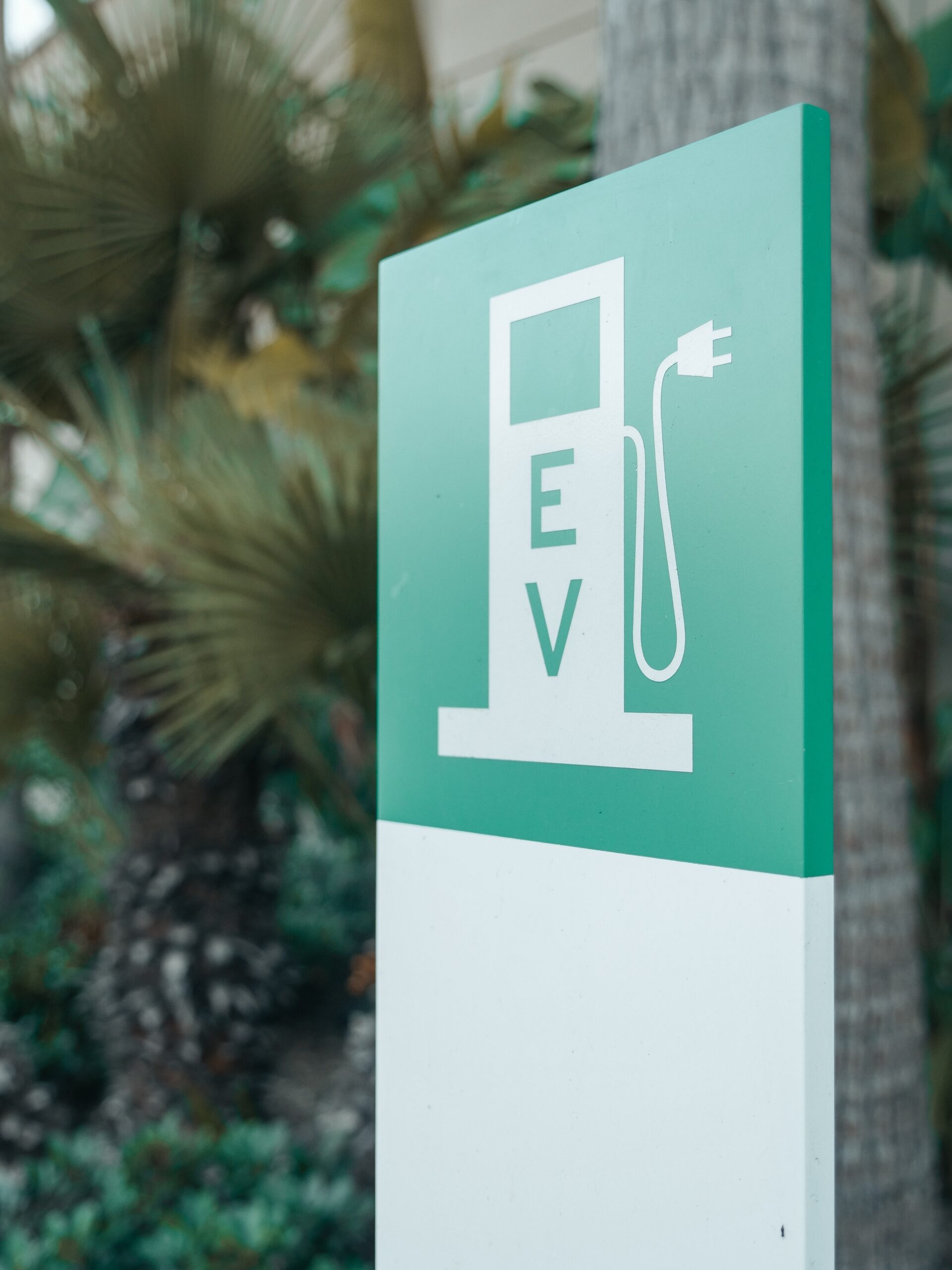by Saon Ray, Vasundhara Thakur, and Samiha Singh
The Union Budget 2022-23 made several announcements regarding electric vehicles. In her Union Budget 2022-23 address, the Finance and Corporate Affairs Minister, Nirmala Sitharaman, underlined the government’s initiatives for fostering the Indian charging infrastructure ecosystem. A key highlight was the announcement of a battery swapping policy. Other measures to this effect included development of interoperability standards and promoting the private sector for devising business models for ‘Battery or Energy as a Service’.
The Union Budget 2022-23 measures announced for the electric vehicle sector have augmented the existing electric vehicle (EV) policy landscape, in particular that pertaining to the charging infrastructure. The year 2021 saw the launch of two production-linked incentive (PLI) schemes for the sector. The PLI scheme for the National Programme on Advanced Chemistry Cell (ACC) Battery Storage was approved in May 2021 and with a budgetary outlay of Rs 18,100 crore. Thereafter, the government announced the PLI scheme for the automobile and auto components sector, with an outlay of Rs 57,043 crore in September 2021. This scheme incentivises the production of electric vehicles (EVs), hydrogen Fuel Cell vehicles (FCEVs), and other advanced automotive technology products in the country. The two components of this scheme are the Champion OEM Incentive Scheme and the Component Champion Incentive Scheme.
Both the schemes, reportedly, have elicited a good response from the industry. The PLI scheme on ACC battery storage has attracted 10 bids with a capacity of nearly 130 GWh (gigawatt hours). This scheme is geared towards a target of setting up a manufacturing capacity of 50 ACC. 4 bids have been approved to receive incentives. For the PLI scheme on automobile and auto components, 20 applicants have been approved, against the received response of 115 applicants, under the champion OEM policy segment of this scheme. On top of these measures, the state governments are also proactively formulating their individual electric vehicle policies. In the Union budget 2022-23, allocation for the Faster Adoption and Manufacturing of Hybrid and Electric Vehicles (FAME) India scheme and the PLI scheme for National Programme on Advanced Chemistry Cell (ACC) Battery Storage has increased to Rs 2908.28 crore in 2022-23, while the PLI Scheme for automobiles and auto components’ budget allocation has been decreased to Rs 3 crore.
A key highlight of the Budget announcements was the battery swapping policy and development of interoperability standards. In the simplest terms, battery swapping stations allow for switching discharged batteries for recharged ones. These stations are marked to distinguish them from the charging stations. Another measure announced was aimed at stimulating private entities to devise business models for Battery or Energy as a Service. All of these measures are complementary, with the potential to encourage the battery swapping component of the Indian EV ecosystem.
Another budget announcement is the demarcation of special mobility zones with a zero fossil fuel policy. While details on this scheme are awaited, there are examples of similar practices elsewhere. Countries such as the Netherlands, Spain, Germany, and the United Kingdom are bringing to life the concept of zero or low emission zones. Taking a cue from these international practices, India can design its own special mobility zones with a zero fossil fuel policy. The specific design parameters of these zones can vary by regions or states in the interests of suitability and feasibility. A good idea for the government can be to experiment with these zones in some regions or states before a pan-India rollout, selecting the regions or states with the highest concentration of clean transportation. Local authorities can also be tapped for smooth and effective implementation of these zones.
Electric vehicle registrations have seen a significant increase from the pre-FAME India scheme period to the post-FAME India scheme period, as per the VAHAN portal. The registrations increased from only 3,065 in 2013 to 51,233 in 2016, the year after the launch of the first phase of the FAME India scheme. Registrations have increased since 2016, except for a slight fall in 2020. In 2021, the registrations were pegged at 311,358.
While the increase in electric vehicle registrations is encouraging, the Indian electric vehicle sector has a long way to go. To further fuel EV adoption in India, the location and accessibility of the battery swapping stations that will be set up is likely to be a key factor. Further, battery swapping stations may be more suitable than charging stations for some states or regions due to their distinctive traits. Therefore, it may be worthwhile to develop battery swapping stations and charging stations in a ratio best suitable for a specific region or state for greater EV adoption. Second, the special mobility zones will need to be equipped with enough benefits to nudge consumers to make a shift to electric vehicles and other forms of clean mobility. Finally, enhancing consumer awareness about electric vehicles is likely to facilitate an informed decision by consumers and can play a part in further raising EV adoption numbers in India.

